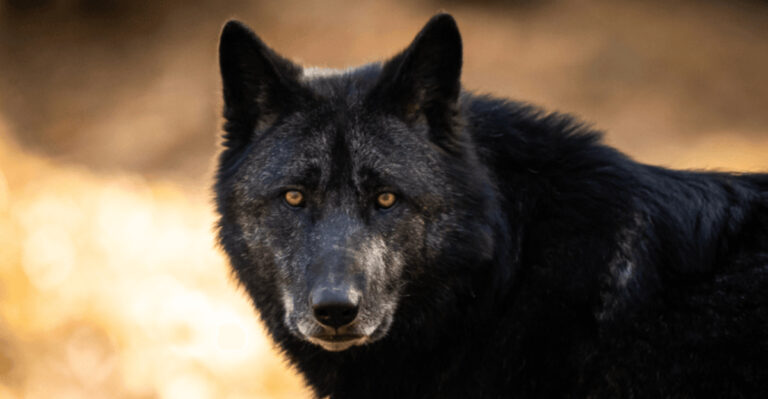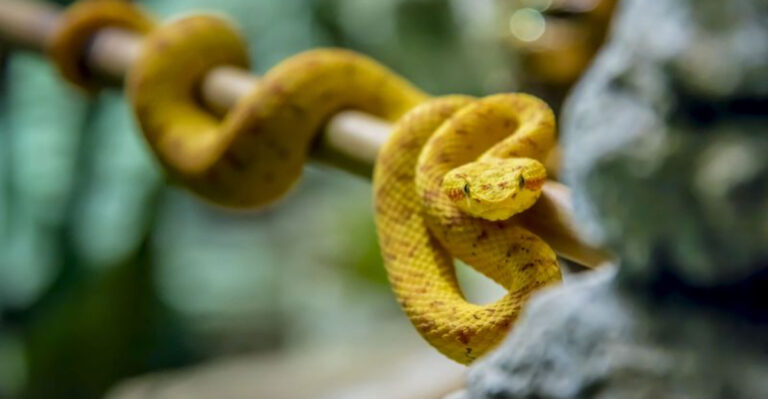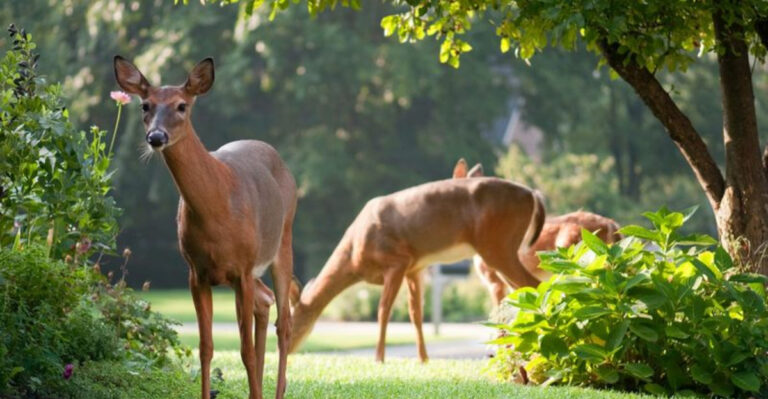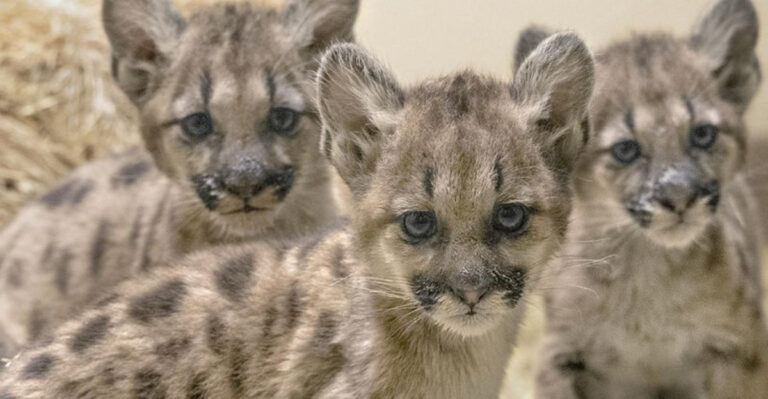14 Small Animals That Are Shockingly Lethal To Humans

When we think of deadly creatures, our minds often jump to sharks, lions, or bears. But nature has a surprising way of hiding deadly power in tiny packages. Some of the world’s most dangerous animals could fit in your palm or even go unnoticed. These pint-sized predators pack enough venom, bacteria, or aggressive behavior to cause serious harm or death to humans.
1. Blue-Ringed Octopus
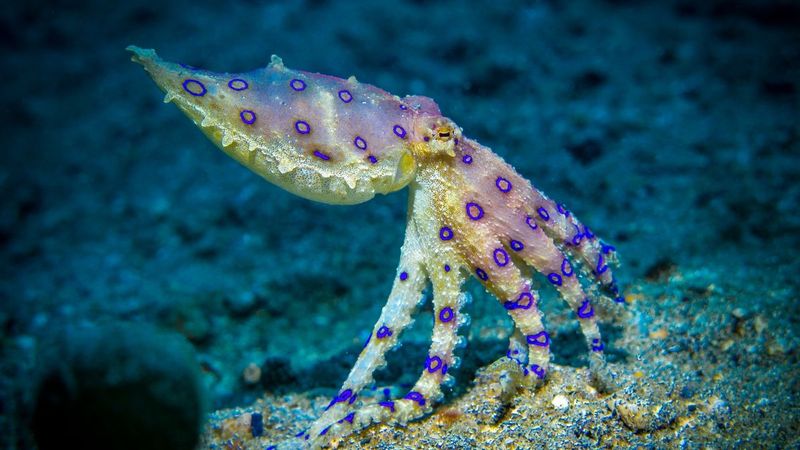
This beautiful ocean dweller might only be the size of a golf ball, but it carries enough venom to kill 26 adult humans in minutes. Native to the Pacific Ocean, particularly around Australia, the blue-ringed octopus displays vibrant blue rings when threatened.
Its venom contains tetrodotoxin, which causes paralysis and respiratory arrest. There’s no antivenom available, making encounters potentially fatal. Victims require immediate artificial respiration until the toxin wears off.
2. Poison Dart Frog
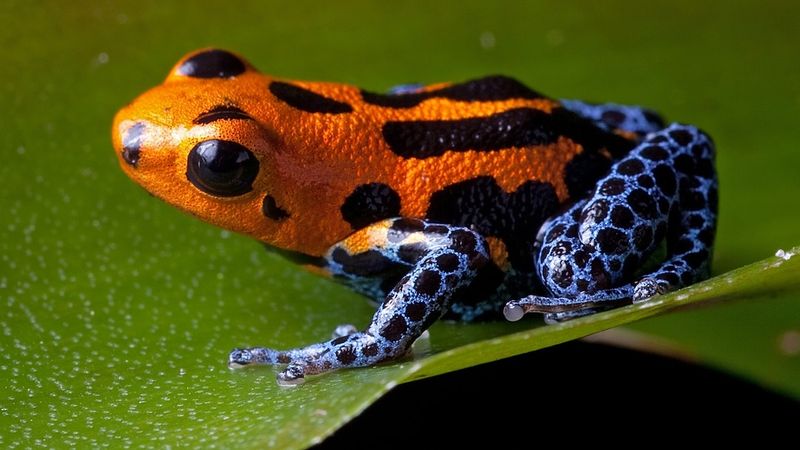
Sporting dazzling colors that scream ‘danger’ to predators, these tiny amphibians measure just 1-2 inches long. Their skin secretes batrachotoxin, a poison so potent that a single frog contains enough to kill 10 adult humans.
Indigenous tribes in Colombia have used this toxin on their blowgun darts for hunting, hence the name. Interestingly, poison dart frogs raised in captivity aren’t toxic – they develop their poison from specific insects in their wild diet.
3. Cone Snail
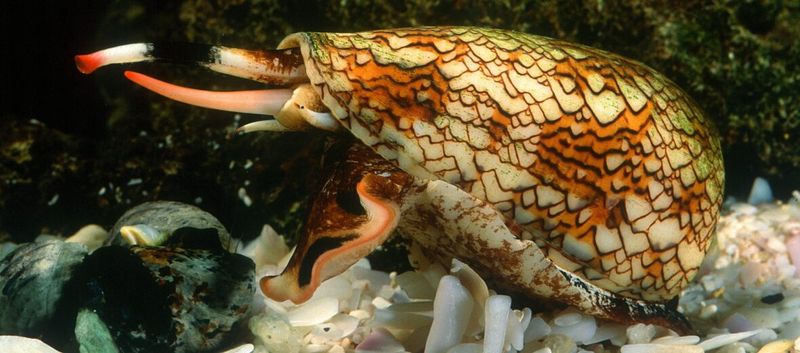
Beach walkers beware! These seemingly innocent snails harbor a deadly secret. Cone snails fire a venomous harpoon at prey and potential threats, delivering a cocktail of over 100 different toxins.
Their sting can cause paralysis, respiratory failure, and death within hours if untreated. Found in warm tropical waters, particularly around Australia and the Indo-Pacific, these mollusks have claimed numerous human lives. Some locals call them ‘cigarette snails’ – you’d only have time to smoke one before dying.
4. Deathstalker Scorpion
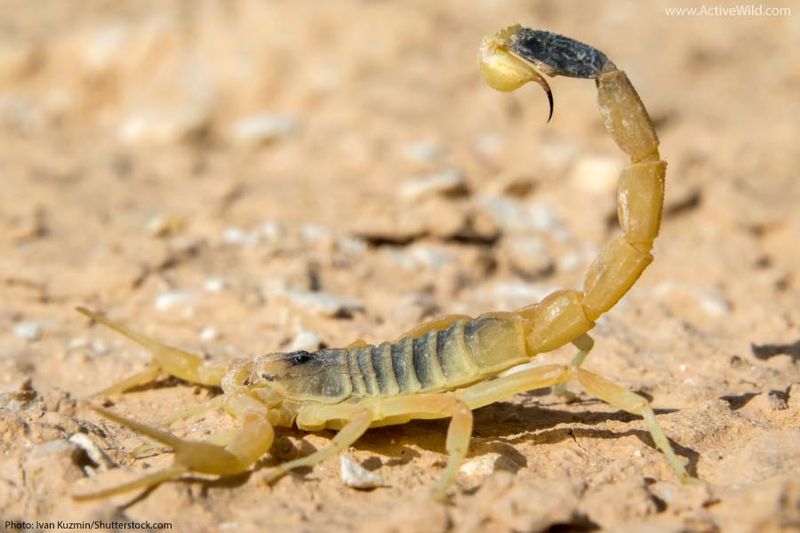
The name isn’t just for show – this pale yellow scorpion packs the most potent scorpion venom on Earth. Native to North Africa and the Middle East, the deathstalker measures just 3-4 inches long but causes intense pain, fever, and potentially fatal respiratory failure.
Children and elderly people face the highest risk from its sting. Ironically, compounds in its venom are being studied for potential cancer treatments. The deathstalker’s venom is so valuable it sells for up to $39 million per gallon.
5. Box Jellyfish
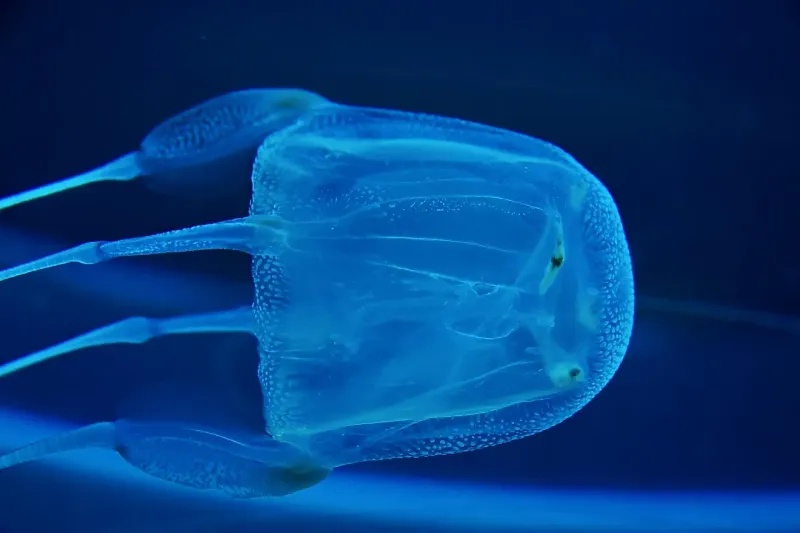
Almost transparent in water, the box jellyfish has claimed more human lives in Australia than sharks, crocodiles, and snakes combined. Its tentacles can grow up to 10 feet long, each covered with millions of nematocysts that inject venom on contact.
The venom attacks the heart, nervous system, and skin cells simultaneously. Victims can go into cardiac arrest within minutes. Those who survive often experience extreme pain for weeks and may have significant scarring where the tentacles touched their skin.
6. Pufferfish
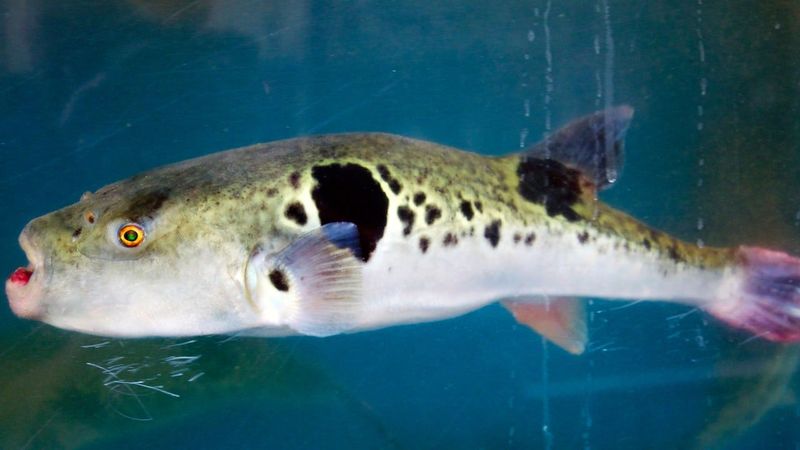
Known as fugu in Japan, this fish contains tetrodotoxin – a poison 1,200 times deadlier than cyanide. One pufferfish carries enough toxin to kill 30 adult humans, with no known antidote.
Despite the danger, pufferfish is considered a delicacy in Japan, where only specially licensed chefs can prepare it. The toxin causes numbness, paralysis, and respiratory failure. Victims remain fully conscious while their body shuts down, unable to speak or move while fully aware of their impending death.
7. Brazilian Wandering Spider
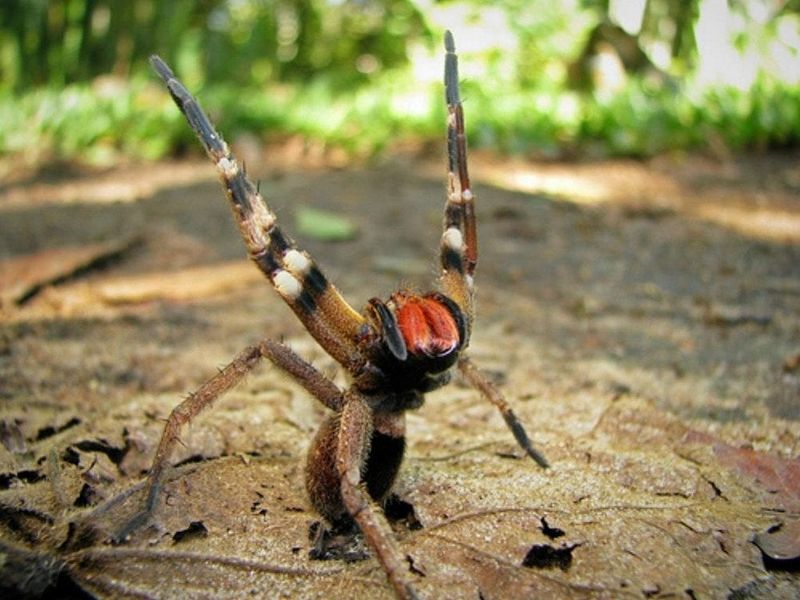
Holding the Guinness World Record as the most venomous spider, this arachnid earned its nickname ‘banana spider’ from hiding in banana shipments. Unlike most spiders that flee from humans, this aggressive hunter actively pursues threats.
Its venom causes intense pain, breathing problems, and in males, painful erections lasting hours. This peculiar effect has led scientists to study the venom for potential erectile dysfunction treatments. Found throughout South America, they’re known to hide in houses and clothing.
8. Inland Taipan
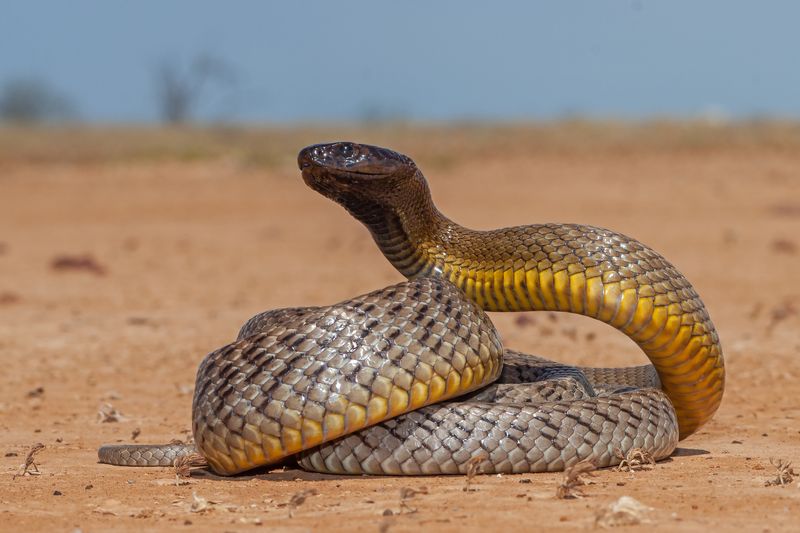
Australia’s inland taipan might be shy, but it’s the world’s most venomous land snake. A single bite delivers enough venom to kill 100 adult humans or 250,000 mice. Its venom contains potent neurotoxins that attack the nervous system.
Without antivenom, victims can die within 45 minutes. The inland taipan’s venom is specifically evolved to kill warm-blooded mammals instantly. Despite its deadly potential, human fatalities are rare because these snakes live in remote areas and typically avoid human contact.
9. Mosquito
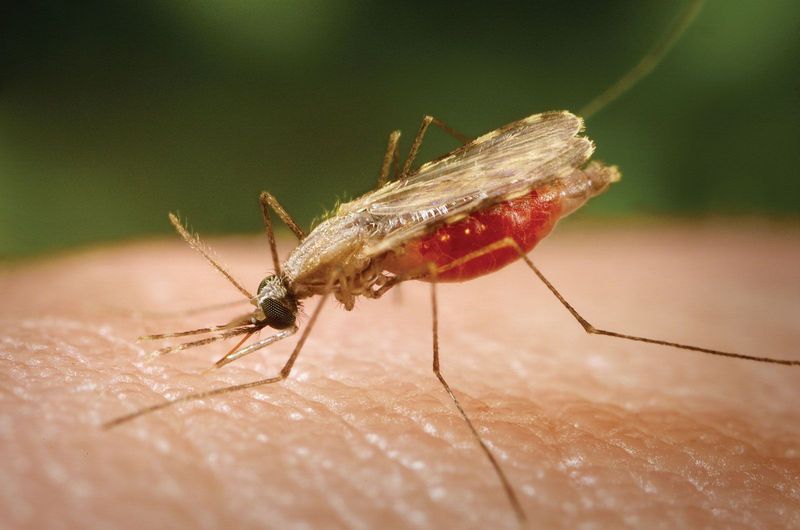
The deadliest animal on Earth isn’t what you’d expect – it’s the tiny mosquito. These buzzing insects kill over 700,000 people annually by transmitting diseases like malaria, dengue fever, Zika, and West Nile virus.
Only female mosquitoes bite humans, needing blood proteins to develop eggs. They locate targets by detecting carbon dioxide, body odor, and heat. A mosquito can drink up to three times its weight in blood. Despite their tiny size, they’ve shaped human history by spreading diseases that have collapsed civilizations.
10. Kissing Bug
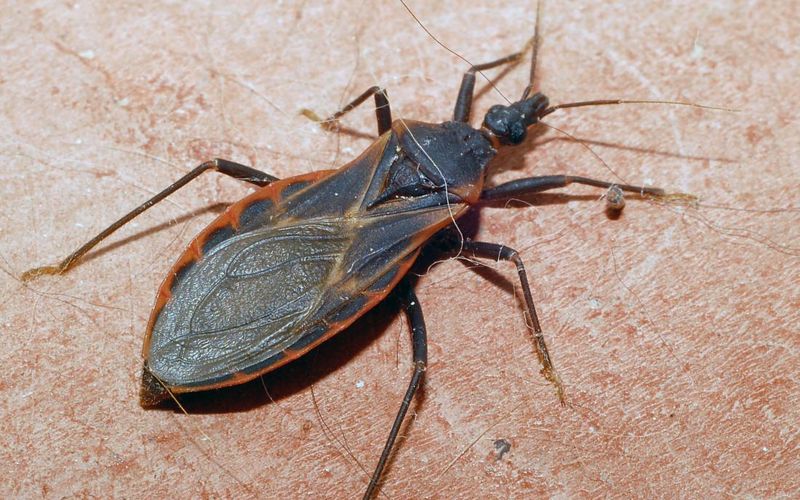
Despite their romantic name, kissing bugs are vectors for Chagas disease, a potentially fatal illness affecting millions in Latin America. These insects earned their nickname by biting people near their lips while they sleep.
After feeding, they defecate near the bite wound. When victims scratch the area, they inadvertently rub the parasite-laden feces into the wound. Chagas disease can cause heart failure and digestive problems decades after infection. These bugs are increasingly found in the southern United States.
11. Golden Poison Frog
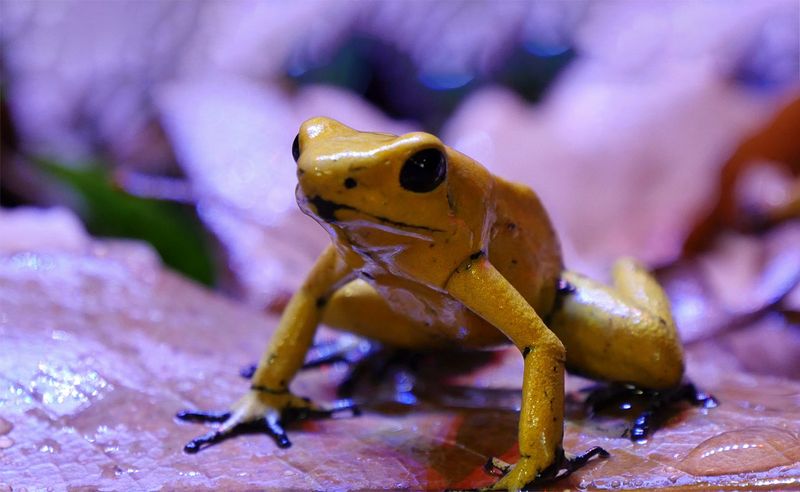
The most poisonous vertebrate on Earth, this tiny yellow frog packs enough poison to kill 10-20 adult humans or 10,000 mice. Native to Colombia’s rainforests, a single golden poison frog contains about 1 milligram of batrachotoxin.
This toxin prevents nerves from transmitting impulses, leading to heart failure. Indigenous Emberá people have used the frog’s poison for centuries on their blowgun darts. Like other poison dart frogs, these amphibians obtain their toxins from their diet of specific insects in the wild.
12. Irukandji Jellyfish
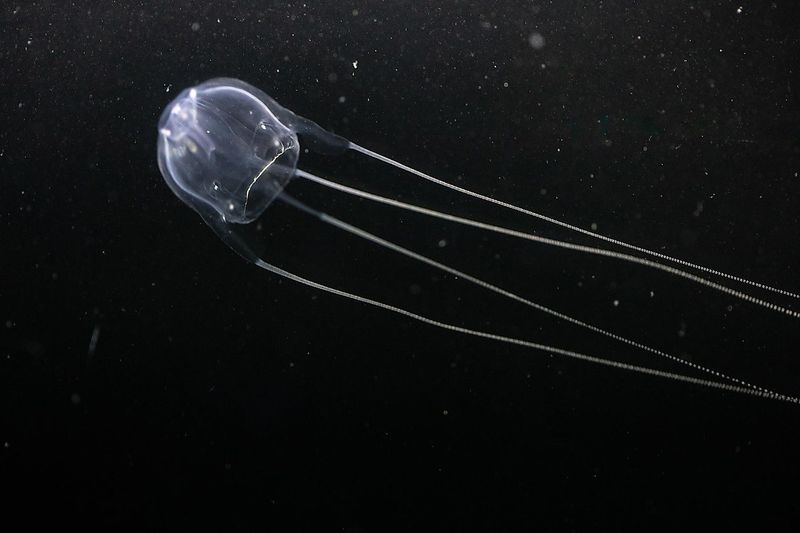
Nearly invisible in water and smaller than your fingernail, the Irukandji is one of the world’s most venomous creatures. Found primarily in Australian waters, this tiny terror packs a delayed punch – symptoms may not appear until 30 minutes after being stung.
Victims experience what doctors call ‘Irukandji syndrome’ – excruciating pain, vomiting, sweating, and an overwhelming feeling of doom. Some describe feeling like their internal organs are being crushed. The psychological effects are so severe that victims often beg doctors to let them die.
13. Tsetse Fly
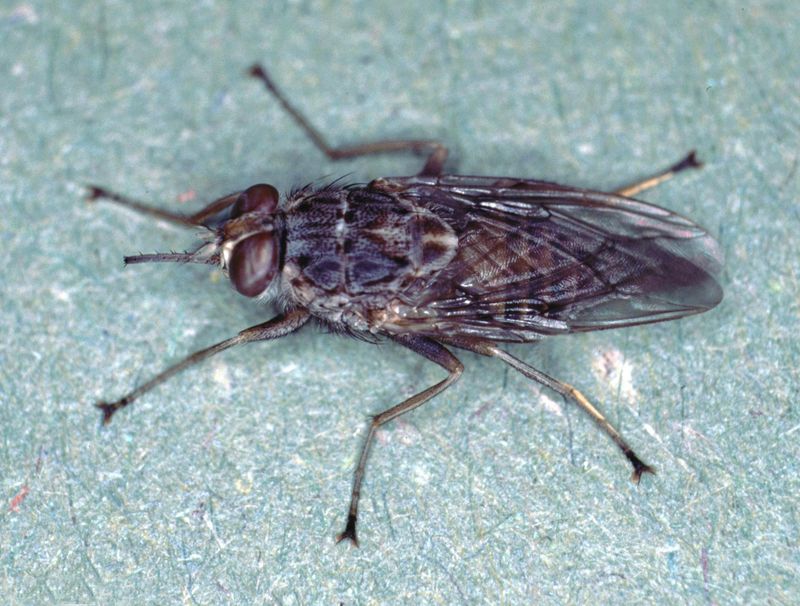
This African insect transmits African trypanosomiasis, or sleeping sickness, a disease that disrupts the sleep cycle and is fatal if untreated. Unlike mosquitoes, both male and female tsetse flies feed on blood.
The parasite they transmit crosses the blood-brain barrier, causing confusion, poor coordination, and disrupted sleep patterns that give the disease its name. In the final stages, victims fall into a coma and die. Tsetse flies have devastated African agriculture by killing millions of livestock animals.
14. Stonefish
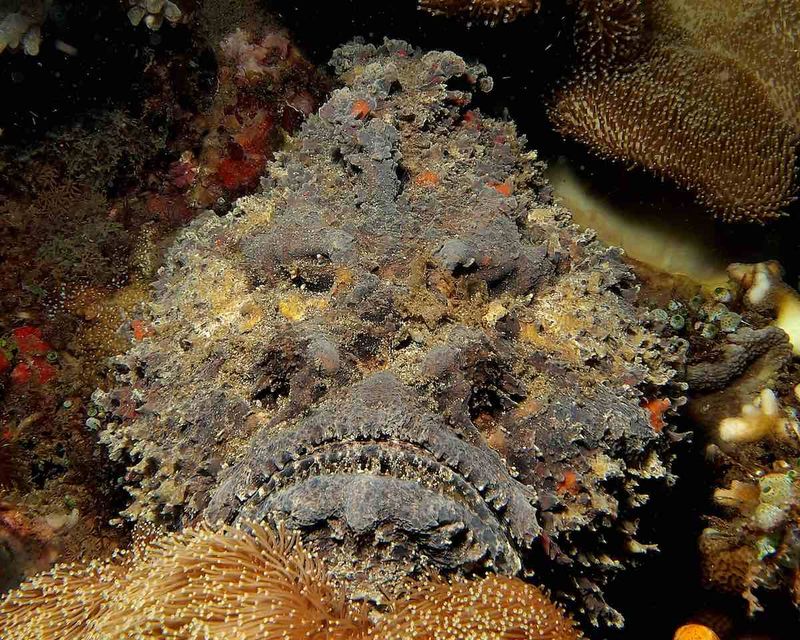
Master of disguise, the stonefish is the most venomous fish in the world. Looking exactly like a rock or coral, it injects venom through 13 sharp spines when stepped on. The pain is so excruciating that victims have been known to beg for amputation of the affected limb.
Without antivenom, stonefish stings can be fatal within hours. They’re found in the coastal regions of the Indo-Pacific, particularly around Australia. Despite their deadly nature, stonefish are considered a delicacy in some Asian countries when prepared correctly to remove the venom glands.

